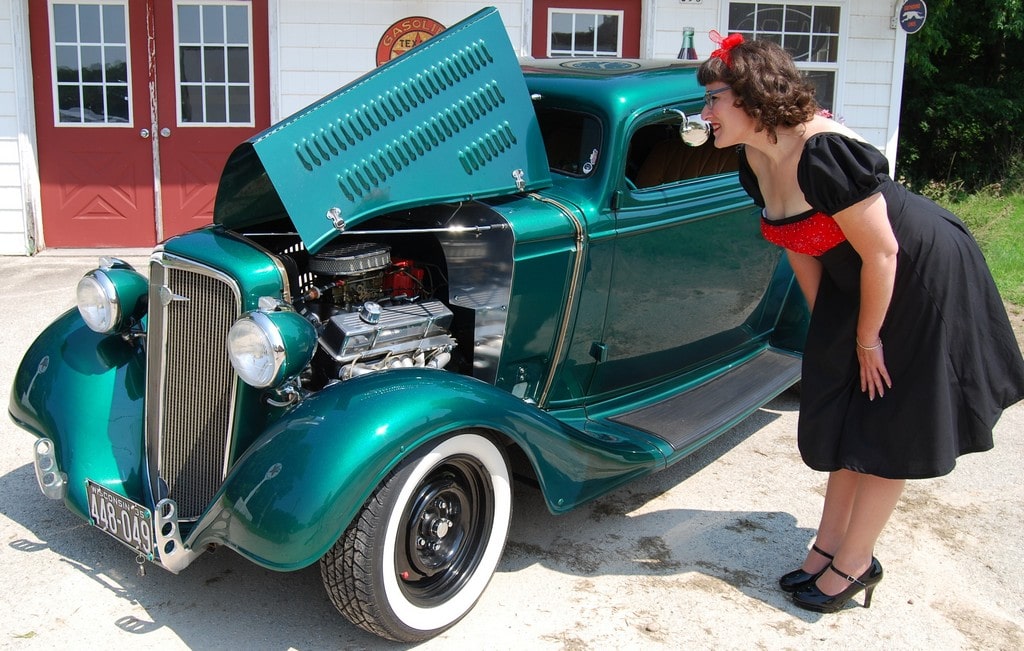
Words: John Gunnell
In the early days of motoring, “reliability tours” were organized to test the dependability of cars making long trips. Today’s hot rod owners take pride in driving a dependable vehicle that can make it back from a lengthy run without breaking down. To do this, a hot rod must be well maintained. We've got a short list of key points to help you make sure your rod is ready for the road - but before you set out on a long journey, check out our more in-depth article on the topic over on our sister site, RacingJunk.com!
1) Take the “right” rod. If you own several cars, one may be best for touring and it may not be your roadster. Make sure you pick the car best suited to the purpose of your trip, taking into account the terrain, who and what you'll be carrying, and who (in anyone) apart from you will be driving.
2) Vehicle preparation. Any problem you fix before hitting the road can save you a lot of hassle and tons of money. Also, if you’re doing a long trip, make sure the seats are comfy and adjustable.
3) Tires and wheels. Use a small, high-intensity flashlight to inspect all tires for cuts, breaks, crazing and damage. Make sure your spare tire has sufficient air in it. Are all of the wheel lug nuts tight? Be sure that all of your tire-changing tools are in the car and in good shape.
4) Brakes and shakes. Stopping is more important than going, so check the hydraulic braking system. Inside the car, step on the brake pedal. It should be firm and not “give” under pressure. Make sure that the brake lights work properly.
5) Underpinnings. A hot rod is only as strong as its foundation, so check the chassis and frame. Check shocks (especially lever-action type) for fluid leaks.
6) Front matters. On a ‘30s car, check the headlight buckets for exposed wires. Are the battery cables tight and clean? At the least, you should do a minor engine tune-up, servicing the points and spark plugs, etc.
7) Cooling system checks. It is very important to avoid overheating on road trips.

8) Side glances. Check the sides of the vehicle from front to rear. On open cars, check the fit of the top and side curtains. Fix loose snap-the-dot fasteners. All side trim moldings should be secure so that they won’t fly off. Re-torque all fasteners on the engine and the body.
9) The inside story. Inside the car, make sure the seats are secured to the floor and that the seat-frame-adjuster mechanism works. Check the accuracy of all gauges and repair if necessary. You don’t want to run out of gas in the middle of nowhere. Test all roll-up or push-out windows and be sure they have safety glass.
10) Lubrication. Know what types of lubricants to use and where and when to check them. Simply changing the engine oil and filter on a routine schedule isn’t enough.
11) Test drive the vehicle. Set one full day aside for a test drive; travel at least 100 miles and maintain 55 mph at least 30 percent of the time. Testing the engines under simulated “real-world” conditions is the only way to get an accurate assessment.
If this article has gotten you interested in taking your hot rod on an extended journey, take a look at our in-depth article on RacingJunk.com to make certain your car is perfectly prepared for the long road ahead!
